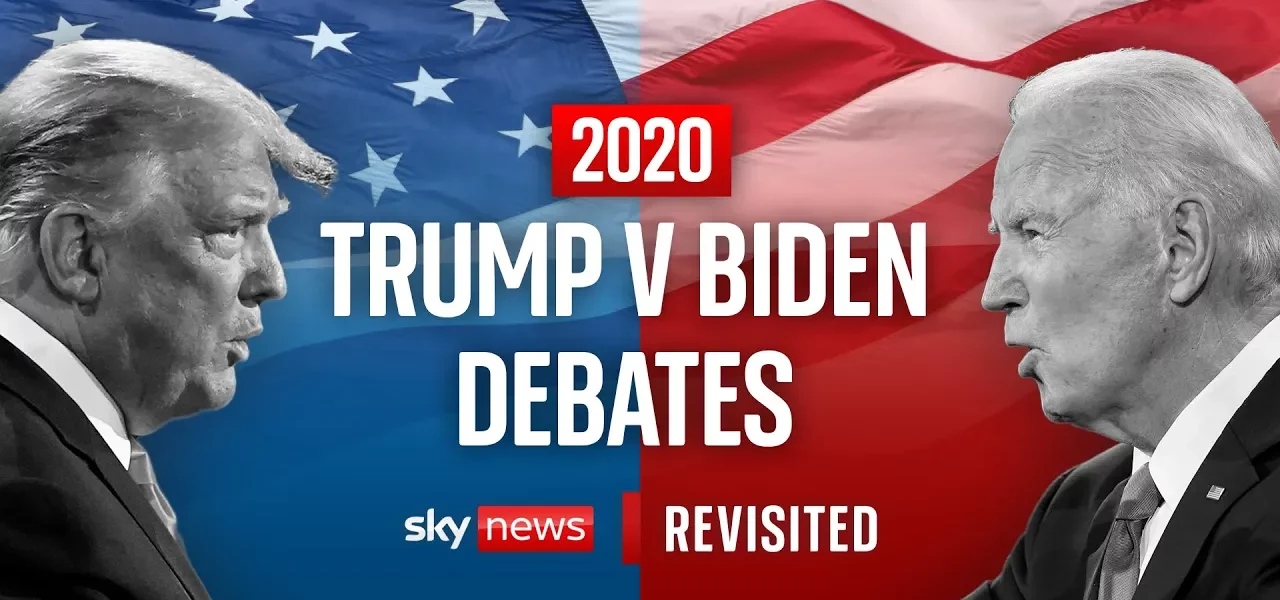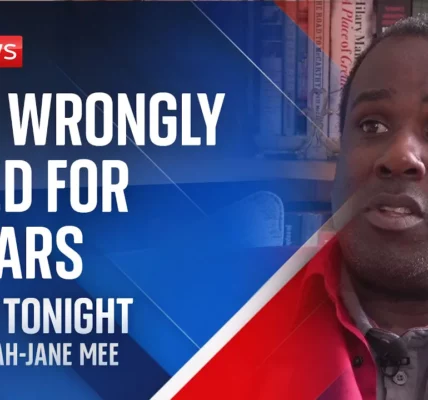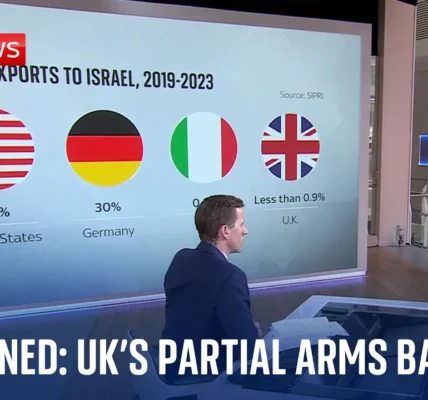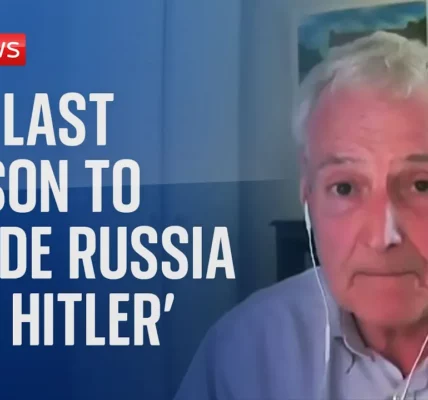2020 Presidential Debate: An In-Depth Analysis

This article provides a comprehensive analysis of the first presidential debate of 2020 between Joe Biden and Donald Trump, highlighting key moments, public reactions, and the implications for the upcoming election.
Introduction
The first presidential debate of the 2020 election season took place on September 29, 2020, in Cleveland, Ohio. With just five weeks left until Election Day, the stakes were incredibly high for both candidates. Donald Trump was trailing in the polls, facing severe criticism for his handling of the COVID-19 pandemic, which had claimed over 200,000 American lives. Joe Biden, positioned as the Democratic challenger, aimed to capitalize on Trump’s vulnerabilities while presenting himself as a capable leader during a national crisis. This debate not only showcased their differing approaches to governance but also reflected the broader political and social climate of the time.
The Context of the Debate
The Political Climate
The atmosphere leading up to the 2020 presidential debate was charged with tension. The COVID-19 pandemic loomed large, affecting every facet of American life. Trump faced accusations of mismanaging the crisis, which significantly influenced public perception. The debate served as a platform for both candidates to address pressing issues that were critical to the electorate.
Public Health Concerns
Health concerns were front and center during the debate. Both candidates had to navigate the implications of the pandemic while presenting their visions for the country. Trump’s lack of a clear plan to combat COVID-19 was a major point of contention, as Biden highlighted the need for decisive action to save lives.
Key Moments from the Debate
Confrontations Over COVID-19
One of the most heated exchanges centered around the handling of the pandemic. Biden criticized Trump for his early dismissal of the virus’s severity, stating, “He knew all the way back in February how serious this crisis was.” This moment underscored the contrasting approaches of the two candidates:
- Trump: Emphasized the rapid development of ventilators and a potential vaccine.
- Biden: Called for unity and bipartisan cooperation to address the crisis.
Racial Justice and Social Unrest
The debate also tackled the topic of racial justice, particularly in the wake of George Floyd’s death. Biden accused Trump of fostering division and failing to condemn white supremacist groups, an assertion that led to Trump’s controversial response: “Stand back and stand by.” This exchange highlighted the significant issues of race and policing that were pivotal in the 2020 election.
Public Reaction and Aftermath
Voter Perceptions
Following the debate, public sentiment leaned towards disappointment. Many viewers described the event as chaotic and unproductive, with poll results indicating that Biden had won the debate in the eyes of the audience. This was particularly troubling for Trump, who needed a strong performance to regain momentum.
Impact on the Election
The fallout from the debate had significant implications for the election. Trump’s subsequent announcement of contracting COVID-19 further complicated his campaign, leading to the cancellation of the second debate. This turn of events shifted the narrative and left Biden with a clearer path to present his policies to the electorate.
The Final Debate and Key Issues
Substantive Discussions
The final debate, held in Nashville, introduced a microphone mute button to curb interruptions. This allowed for a more substantive discussion on critical issues like environmental policy and foreign relations. Biden emphasized the urgency of addressing climate change, while Trump defended his withdrawal from international agreements.
Middle-Class Concerns
Biden’s appeal to middle-class families resonated throughout the debates. He shared relatable anecdotes about struggles faced by working-class Americans, reinforcing his image as a candidate who understands their difficulties. This narrative was crucial as voters weighed their options in the lead-up to the election.
Conclusion
The first presidential debate of 2020 was a pivotal moment in the election cycle, highlighting the stark differences between Joe Biden and Donald Trump. Issues like COVID-19 management, racial justice, and economic concerns dominated the discourse, shaping public perception and influencing voter decisions. As the election drew closer, the debates underscored the challenges both candidates faced in connecting with the American electorate. Ultimately, the handling of these debates and the issues discussed played a significant role in the outcome of the 2020 presidential election.
For more insights into the 2020 election and its implications, check out our related articles on COVID-19’s impact on politics and racial justice movements in America.
“`




